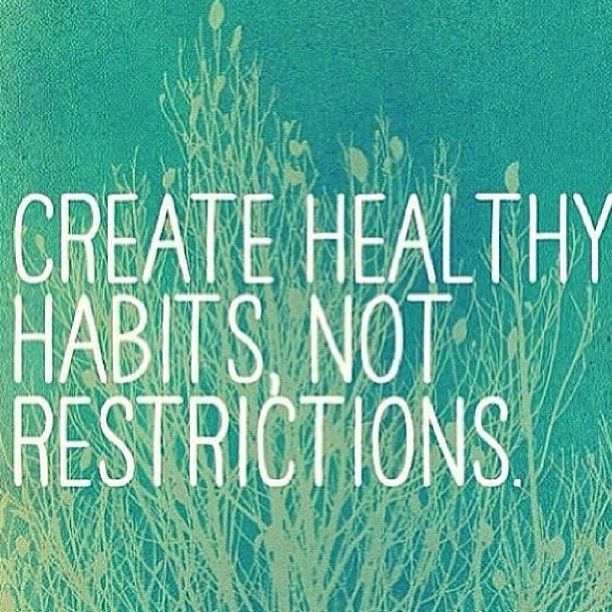
Processed Foods vs Whole Foods
Aspartame, Butylated Hydroxyanisole, High fructose corn syrup, Sodium Benzoate, Potassium Benzoate and Artificial colors are just some of the toxic ingredients found in processed foods. These chemicals in our food have contributed significantly to obesity and illnesses. While processed foods have become the norm in our country due to convenience and cost, ingredients like these have slipped into our diets at the expense of nutrients that can be found in whole foods. Instead of trying to decipher a science experiment on a food label, challenge yourself to eat more whole foods while removing packaged, preservative laden foods.
Over the years we’ve heard a lot about macronutrients (carbs, fats and protein) with not much regard for micronutrients. Within macronutrients — proteins, carbs, and fats — are micronutrients. Micronutrients are the vitamins and minerals necessary in small amounts for normal growth, development, disease prevention, metabolism and well being. Micronutrients are not produced in the body and can only be obtained through diet.[1] Consequently, the American diet is typically deficient in these essential micronutrients, affecting bodily growth and function.
The World Health Organization broadly defines malnutrition as “deficiencies, excesses, or imbalances in a person’s intake of energy and/or nutrients”.[2] By this definition, one can be consuming an excess of calories with little to no micronutrients. This increasingly normalized paradox explains how many Americans, and others from developed countries, are now considered malnourished. Instead of consuming empty calories, seek out whole foods full of micronutrients.
It’s important to note there is no one “super food” within all the micronutrients. Rather, a balanced diet provides a plethora of micronutrients. Spinach alone has calcium, iron, sulfur, as well as vitamins B9, E, and K. In the age of processed and packaged food, the general misconception is that healthy, whole foods rich in nutrients simply aren’t tasty. But it’s all about preparing these foods in ways YOU find delicious. Spinach can be used more traditionally, as in this beet pesto salad or less conventionally like this spinach pesto.
Additionally, there are numerous benefits to consuming more whole foods with micronutrients including improved sleep and higher energy levels. Iron helps with motor and cognitive development, vitamin A is important for healthy eyesight, and zinc promotes immunity.[3]
Incorporating more whole foods and micronutrients into one’s diet doesn’t have to be extreme or restrictive. Just start by adding more fruits and vegetables to your daily intake and aim to get 6-9 servings a day. This may seem like a lot at first but when you incorporate them into every meal it will become a healthy habit. It can help to include others in the process, holding you and them accountable, while having fun along the way.
[1] https://www.dsm.com/content/dam/dsm/cworld/en_US/documents/what-are-micronutrients.pdf
[2] http://www.who.int/features/qa/malnutrition/en/
[3] https://www.cdc.gov/immpact/micronutrients/index.html









